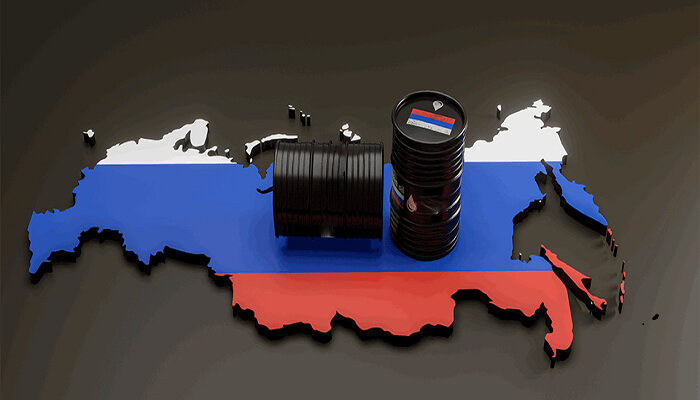According to a Reuters report, Russia is all set to increase the 500,000 barrels per day cuts it announced for next month in what appears to be retaliation for Western sanctions by cutting petroleum exports from western ports by one-fourth in March and April.
Reuters cited three sources in the Russian oil market, according to which the proposal to reduce exports from Western ports by up to 25% extends beyond the 500,000 bpd output drop anticipated for March.
Despite the reduction in Russian seaborne crude exports being in place, markets were largely unaffected when Russia announced the 500,000 bpd output cut for March. Apparently, western sanctions are driving Moscow to engage in a variety of oil market acrobatics, ranging from output restrictions and the development of new pricing mechanisms for its hallmark Urals crude to enormous discounts to China and India.
Russia’s initial intentions to cut production by 500,000 bpd in March would amount to 5% of Russia’s output or 0.5% of global output. Reducing imports from Western ports reflects Russian crude being diverted to eastern markets, especially India and China, and also possibly Turkey. But the rerouting has run into problems with refined items, which have been sanctioned by the West since February 5th.
It is well to be noted that western sanctions imposed on December 5th and February 5th, as well as the G7 price ceiling, are meant to limit Putin’s access to oil earnings in order to fund his war against Ukraine.
According to US Treasury officials, the decision to restrict output in March reflects Moscow’s inability to sell its usual quantity of oil rather than retaliation.






































